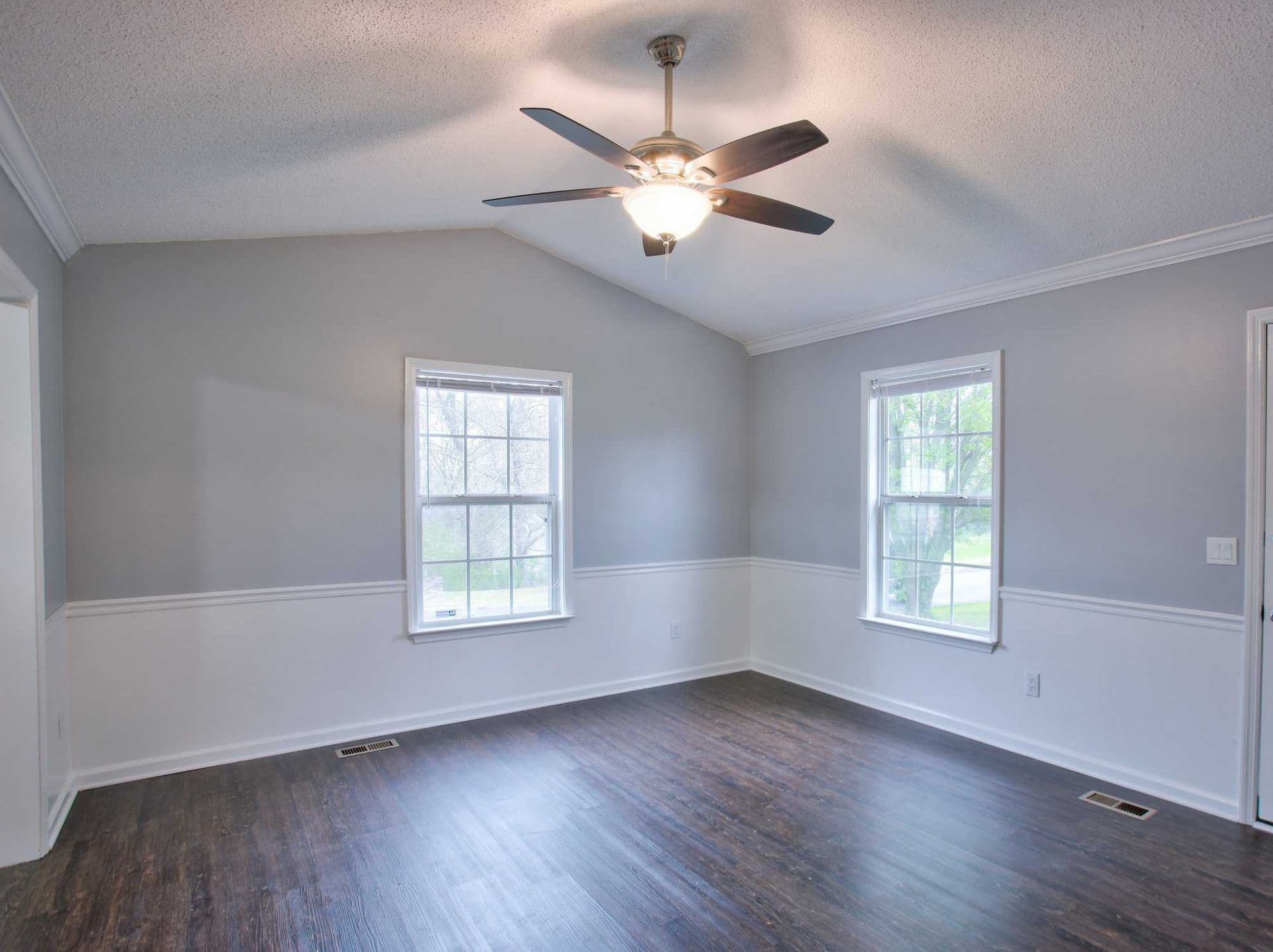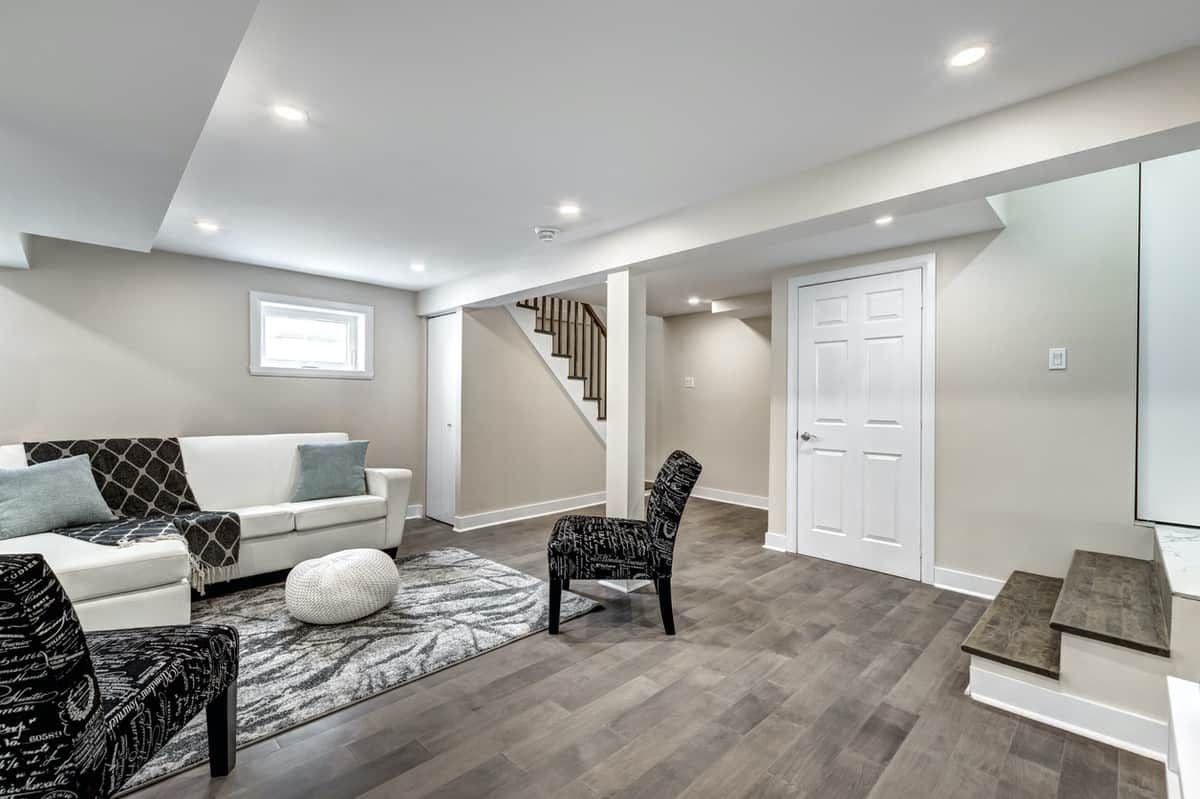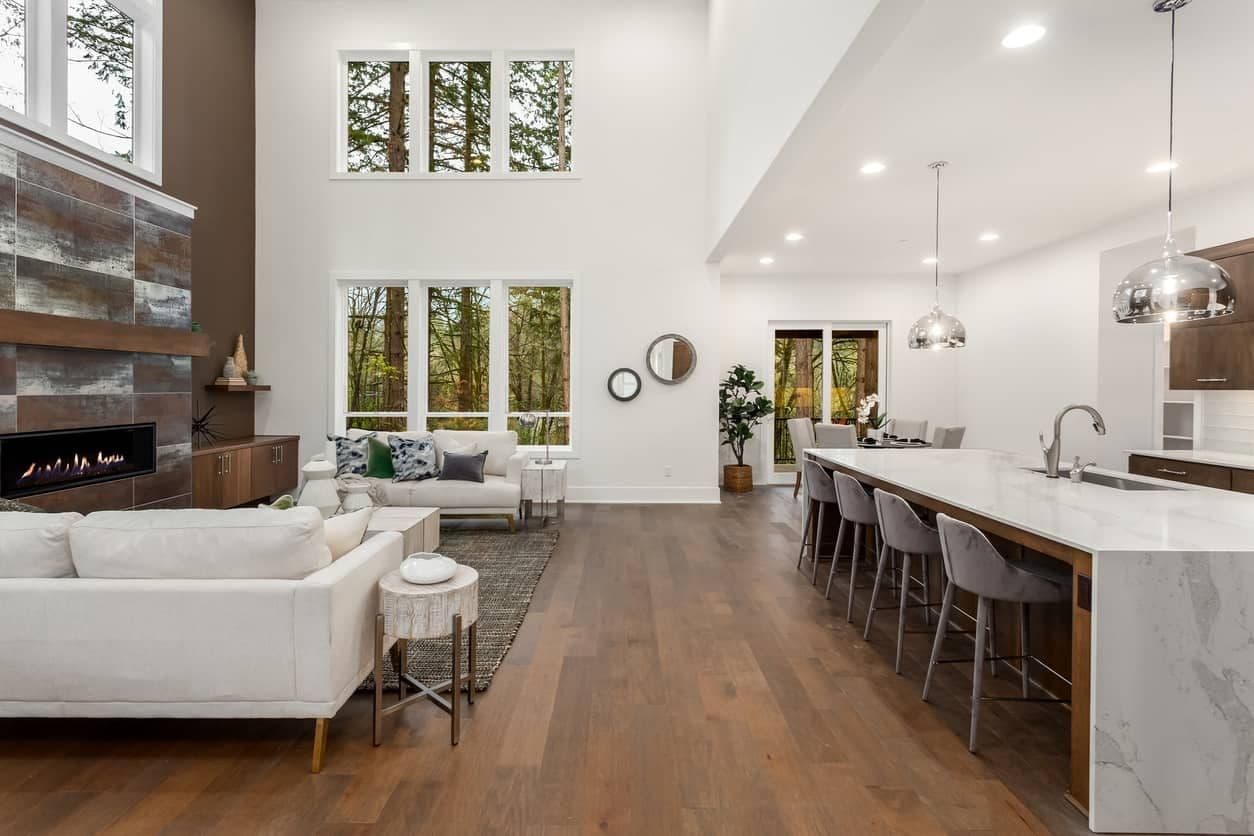Painting Resources for the Greater Orlando, FL Region
The Pros and Cons of Low-VOC Paint: Is It Really Worth It?
Schedule Your Quote Today!
25% Off
Ends 10/31
By submitting this form, you consent to receive SMS messages and/or emails from our company. To unsubscribe, follow the instructions provided in our communications. Msg & data rates may apply for SMS. Your information is secure and will not be sold to third parties.
The paint you choose for your home does more than just add color—it affects your air quality, health, and even the environment.
Many homeowners are making the switch to low-VOC paint because they’ve heard it’s a safer, more eco-friendly option. But is it actually better? Does it last as long? Will it still give you the same flawless finish?
This guide will break down everything you need to know about low-VOC paint—the benefits, the drawbacks, and whether it’s the right choice for your next painting project.
What Is Low-VOC Paint?

Understanding VOCs in Paint
VOCs (Volatile Organic Compounds) are chemicals that evaporate into the air as paint dries. They’re responsible for that strong “paint smell” and can linger for days, weeks, or even months.
Traditional paints contain high levels of VOCs, which contribute to indoor air pollution and potential health risks.
Common VOCs found in paint include:
Formaldehyde – a known carcinogen.
Benzene – linked to nervous system effects.
Toluene – can cause headaches and dizziness.
Acetone – a common irritant.
How Low-VOC Paint Differs
Low-VOC paints are formulated to contain fewer harmful chemicals, reducing the amount of off-gassing that occurs as the paint dries.
Still contains some VOCs, but in significantly lower amounts.
Better for indoor air quality compared to traditional high-VOC paints.
Available in a wide range of colors and finishes, just like standard paints.
Key fact: For a paint to be classified as low-VOC, it must contain fewer than 50 grams of VOCs per liter (compared to 150+ grams per liter in traditional paints).
The Pros of Low-VOC Paint

Health Benefits: A Safer Option for Your Family
One of the biggest reasons homeowners choose low-VOC paint is to protect their family’s health. Low-VOC options reduce exposure to toxic fumes that can cause headaches, nausea, and dizziness. They also minimize respiratory irritation, which is especially important for people with allergies, asthma, or chemical sensitivities.
This type of paint is a safer choice for children, pregnant women, seniors, and pets. The health benefits are clear: fewer toxins mean a healthier living environment.
Odor Control: A More Comfortable Painting Experience
Traditional paints often come with strong, lingering odors that can make freshly painted rooms uncomfortable. Ever painted a room and had to avoid it for days? That’s VOCs in action. Low-VOC paint has little to no smell, allowing you to sleep in a freshly painted room the same night. You no longer have to endure overpowering fumes that trigger headaches or nausea. This makes low-VOC options perfect for nurseries, bedrooms, and living areas, where comfort is key.
Environmentally Friendly: A Greener Choice
VOCs not only affect your health but also contribute to air pollution and ozone depletion. By choosing low-VOC paint, you reduce your environmental footprint while giving your home a fresh, vibrant look.
Many low-VOC paints meet strict environmental certifications such as Green Seal, Greenguard Gold, and LEED. In addition, numerous brands incorporate sustainable materials into their formulations. This approach benefits both your home and the planet.
Easy to Clean and Maintain
Modern low-VOC paints offer excellent durability without compromising on performance. They provide great scrubbability, making them ideal for high-traffic areas. Their stain resistance is a bonus for kitchens, hallways, and playrooms where spills and marks are common.
In many cases, the durability of low-VOC paints matches or even surpasses that of traditional options, ensuring that your walls stay looking fresh for longer.
Wide Range of Colors and Finishes
Gone are the days when eco-friendly meant limited choices. Today, low-VOC paints are available in hundreds of shades, ensuring that you can match any style or decor. Whether you prefer matte, eggshell, satin, semi-gloss, or gloss finishes, there is an option to suit your taste. With premium coverage and vibrant pigmentation, low-VOC paints provide both aesthetic appeal and environmental benefits.
The Cons of Low-VOC Paint

Higher Cost Compared to Traditional Paint
One of the main drawbacks of low-VOC paint is the price. It typically costs $5 to $15 more per gallon than high-VOC alternatives, and premium zero-VOC formulas can be even pricier.
The question is—does the added cost justify the benefits? Many homeowners say yes, citing improved indoor air quality and health protection as well worth the investment.
Durability Concerns: Does It Hold Up Over Time?
Early versions of low-VOC paint had issues with poor coverage and lower durability, often requiring extra coats and frequent touch-ups. However, modern formulas have significantly improved.
High-quality brands now offer excellent adhesion, stain resistance, and scrubbability, making them just as durable as traditional paints.
Limited Availability in Some Stores
While low-VOC paint is becoming more common, not every hardware store carries a full selection. Some eco-friendly brands are only available online, and certain finishes or colors may require a special order. Checking availability before starting your project can help you avoid delays.
Longer Drying Time in Some Cases
In some cases, low-VOC paint takes longer to dry than traditional options. This can extend project timelines, especially in humid conditions. Proper ventilation is key to speeding up the curing process, so keeping windows open and using fans can help ensure a quicker, more efficient drying time.
Who Should Use Low-VOC Paint?

Best for Homeowners Concerned About Indoor Air Quality
Ideal for asthma and allergy sufferers.
Perfect for homes with young children, pregnant individuals, and pets.
Great for High-Traffic and Frequently Used Rooms
Bedrooms, nurseries, living rooms, and kitchens benefit the most.
Helps prevent lingering odors in rooms you use daily.
A Smart Choice for Eco-Conscious Consumers
Supports sustainable home improvement.
Often used in LEED-certified homes and green building projects.
Choosing the Best Low-VOC Paint for Your Home
What to Look for on the Label
Not all low-VOC paints are created equal, so checking the label is essential. A true low-VOC paint contains less than 50g/L of VOCs, while a zero-VOC paint has fewer than 5g/L.
For added assurance, look for certifications that verify eco-friendliness and safety:
- Green Seal – Ensures strict environmental and health standards.
- Greenguard Gold – Guarantees low chemical emissions for better indoor air quality.
- EPA Safer Choice – Recognizes products with safer chemical ingredients.
- LEED Compliance – Meets sustainability standards for green building projects.
Reading labels carefully helps you make an informed, healthier choice for your home.
Recommended Low-VOC Paint Brands
Brand & Product | VOC Level | Key Benefits | Best For | Notable Features |
Benjamin Moore Natura | Zero-VOC | Asthma and allergy-friendly, odorless formula | Bedrooms, nurseries, and living spaces | Certified asthma- and allergy-friendly, no emissions after drying |
Low-VOC | Helps remove airborne toxins, reduces formaldehyde | Homes with pets, kids, and sensitive individuals | Anti-microbial properties, excellent durability | |
Low-VOC | Affordable, great coverage, mildew-resistant | Budget-conscious homeowners | Paint & primer in one, easy application | |
Zero-VOC | Non-toxic, completely solvent-free | Eco-conscious buyers, chemical-sensitive individuals | Odor-free, made with organic pigments |
Expert Tips for Painting with Low-VOC Paint

Preparation is key to achieving a flawless, long-lasting finish. Start by cleaning walls thoroughly to remove dust, dirt, and grease, ensuring proper adhesion. Using a low-VOC primer helps create a smooth base while keeping air quality in check.
Ventilation is just as important. Open windows and doors before, during, and after painting to allow fresh air to circulate. Running fans or air purifiers can speed up the removal of airborne VOCs, making the space safer to use sooner.
Proper disposal and storage prevent environmental harm. Never pour leftover paint down the drain, as it can contaminate water sources. Instead, take unused paint to a recycling center. To extend shelf life, store cans in a cool, dry place with tightly sealed lids to prevent premature drying or spoilage.
When to Call a Professional Painter
Not sure which low-VOC paint to choose? A professional can guide you in selecting the best brand, finish, and color for your space. They ensure proper surface preparation and flawless application, reducing the risk of streaks, peeling, or uneven coverage. For large-scale projects, hiring a professional saves time while minimizing disruption to your home.
Is Low-VOC Paint Really Worth It?
If you care about health, air quality, and sustainability, low-VOC paint is a smart investment. While it may cost more upfront, the long-term benefits—fewer harmful emissions, better indoor air quality, and safer living conditions—far outweigh the price.
Thinking about repainting? Choose low-VOC paint for a safer home and a healthier environment. Contact us for a free estimate and expert advice today!
March 28, 2025
About the Author: Joseph Steele
Hi, I’m Joseph Steele, with Sharper Impressions Painting. We proudly offer high-quality interior and exterior painting services for homes and businesses in Atlanta, Columbus, Orlando, Indianapolis, Kansas City, and Nashville. From cabinet painting to deck and fence staining, we’re here to enhance your space. Learn more about us here.
See what others have to say
Above All, Our Customers Come First…
Sharper Impressions Painting is a painting contractor with over 32 years of residential painting experience along with an impressive reference list from satisfied customers. Your home is your most valuable asset and our respectful painting team will make it look great and keep it protected for a long time.
Our Locations

